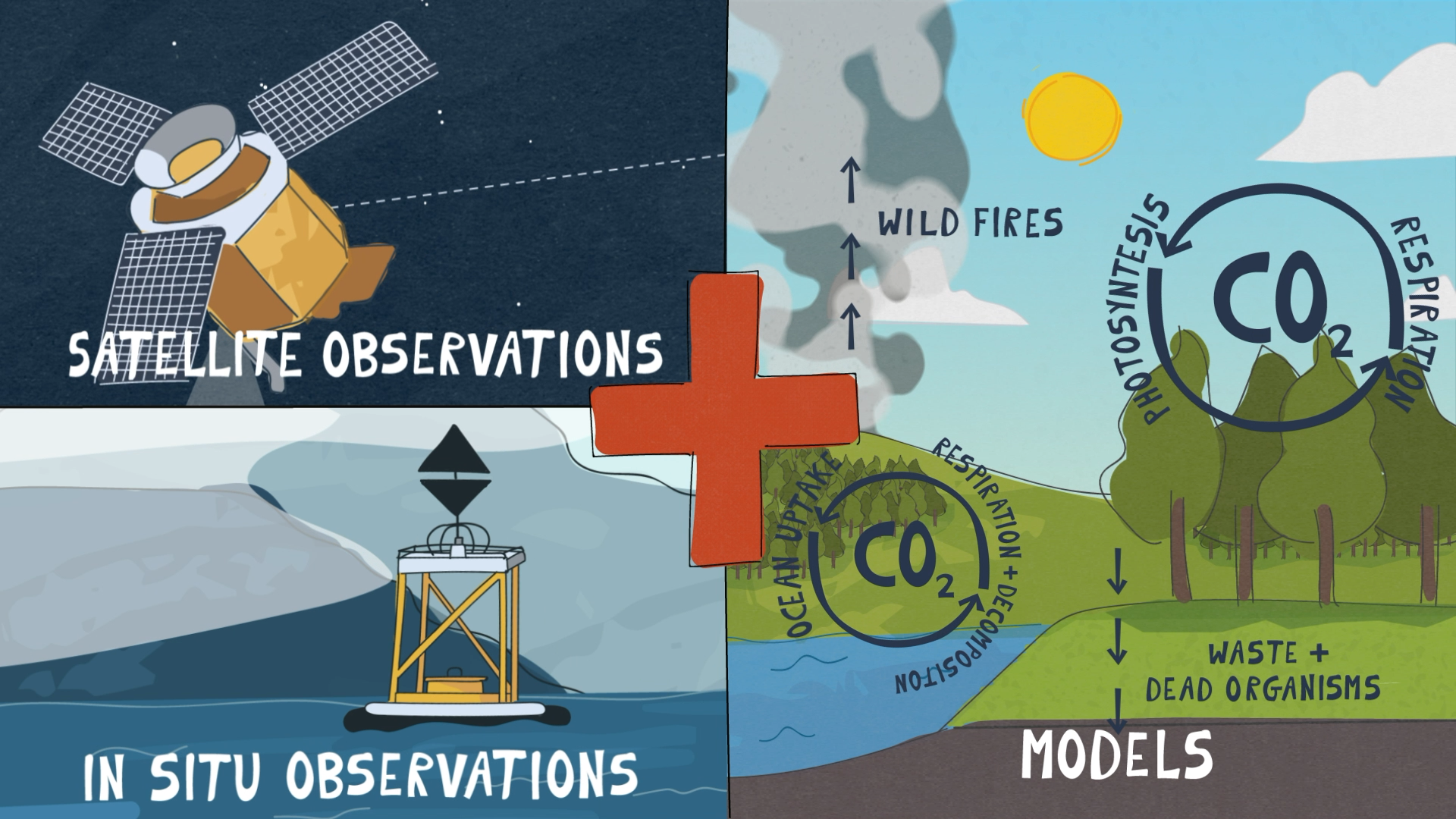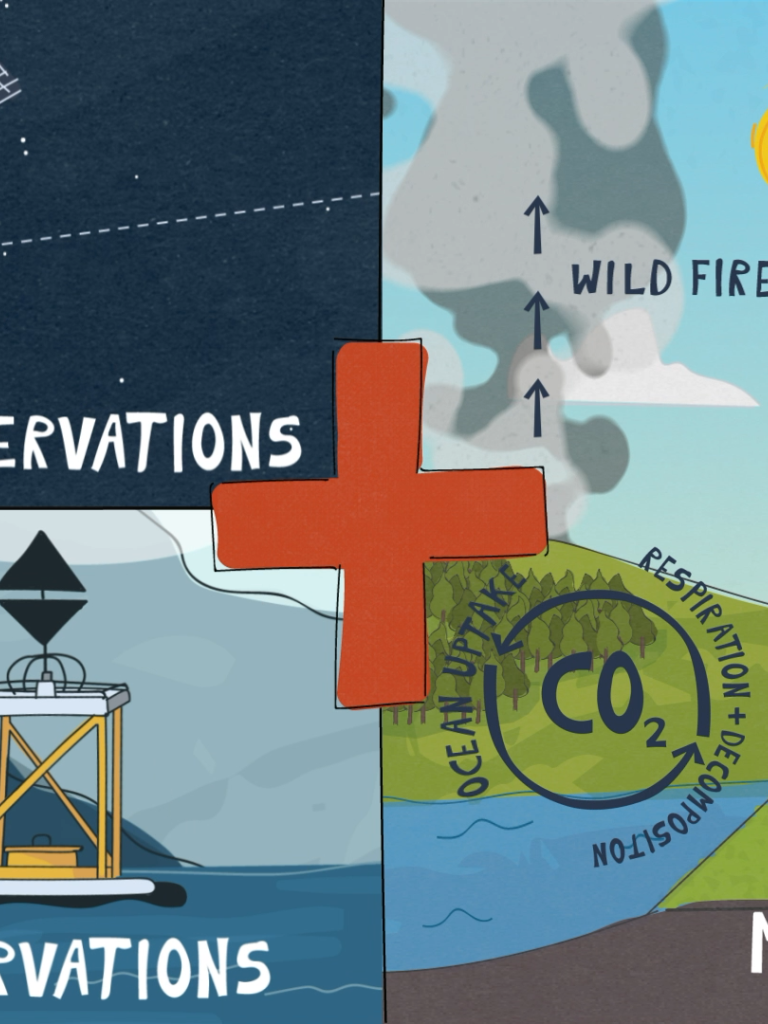
European Union’s Copernicus programme is planning a monitoring capacity for anthropogenic CO2 emissi


Helping countries verify their CO2 emission reductions
26 August 2020
29 November 2018
With last month’s release of the Intergovernmental Panel on Climate Change (IPCC) Special Report on Global Warming of1.5°C , it has become even more apparent that current pledges fall short of limiting global warming to the objectives stated in the Paris Agreement. The Paris Agreement, agreed by 195 nations at the 21st Conference of the Parties to the United Nations Framework Convention on Climate Change (UNFCCC) in December 2015 included the aim of strengthening the global response to the threat of climate change by “holding the increase in the global average temperature to well below 2°C above pre-industrial levels and pursuing efforts to limit the temperature increase to 1.5°C above pre-industrial levels.” As part of the Paris agreement, all Parties agreed to a global stocktake every five years starting in 2023 to assess the collective progress towards achieving the purpose of the Agreement and to inform of further individual actions to be taken by Parties.
The European Union’s Copernicus programme has launched an initiative to support the stocktaking exercise with a new observation-based service to monitor CO2 emissions resulting from human activities. The analysis of these measurements will allow EU member states and other countries to track progress in achieving the Paris Agreement goals.
Providing comprehensive emission data
EU countries, like all other countries that ratified the Paris Agreement, are committed to Nationally Determined Contributions for reductions in their greenhouse gas emissions. These contributions will be assessed through the five-yearly global stocktake. Copernicus’ proposed service will offer observation-based information to make the assessments more comprehensive and consistent worldwide.
Building observation and modelling capacity
To achieve this goal, the European Commission (EC) is working together with the European Organisation for the Exploitation of Meteorological Satellites (EUMETSAT), the European Space Agency (ESA) and the European Centre for Medium-Range Weather Forecasts (ECMWF). The initiative develops on existing modelling infrastructure, designs a series of unprecedented satellite and ground-based observation systems, and improves model-based analysis.
According to Mauro Facchini, Head of the Copernicus Unit at the European Commission, “Copernicus – Europe’s eyes on Earth – is the largest environmental space programme ever designed in Europe to monitor our dynamic Earth. This CO2 initiative constitutes a significant positive step towards climate change mitigation and will further consolidate Europe’s leading position on the global stage in this policy field of utmost and critical importance for mankind.”
Alain Ratier, Director-General of EUMETSAT, adds, “The Copernicus initiative will provide crucial observation-based information in support of global action to combat climate change. International collaboration and coordination between the various data providers is a key element of this and we are therefore working with our partner agencies around the world to ensure that Copernicus plans are part of a global coordinated effort.”
“Together with industry, we are already designing the concept for a Sentinel mission to measure atmospheric CO2 with unprecedented high resolution and accuracy,” says Josef Aschbacher, Director of Earth Observation Programmes at ESA. “If the mission is selected by ESA’s Member States and the European Commission to go ahead, it will enable us to get a more precise distinction between anthropogenic and natural emissions.”
Florence Rabier, Director-General of ECMWF confirms: “Measuring CO2 concentrations in the atmosphere is not sufficient to estimate CO2 emissions. We need detailed computer models of the atmosphere and biosphere, similar to those used in weather forecasting, to make the link between the observations and the actual anthropogenic emissions. ECMWF’s world-leading operational forecasting systems, already used within the Copernicus Climate Change and Atmosphere Services, provide the framework and we already work closely with the European science community through the Horizon 2020 CHE project to extend our capabilities to enable quantifying the CO2 emissions.”
Informational video on the new service
To illustrate its new initiative, Copernicus has today published an informational video explaining the reasoning behind the service as well as its goals. In addition to looking back at the history and evolution of climate change, the two-minute film emphasises the need to act now to curb greenhouse gas emissions and demonstrates the tools required to do so effectively. This is especially relevant now, in 2018, with CO2 in Earth’s atmosphere having exceeded 410 parts per million for the first time in recorded history.
